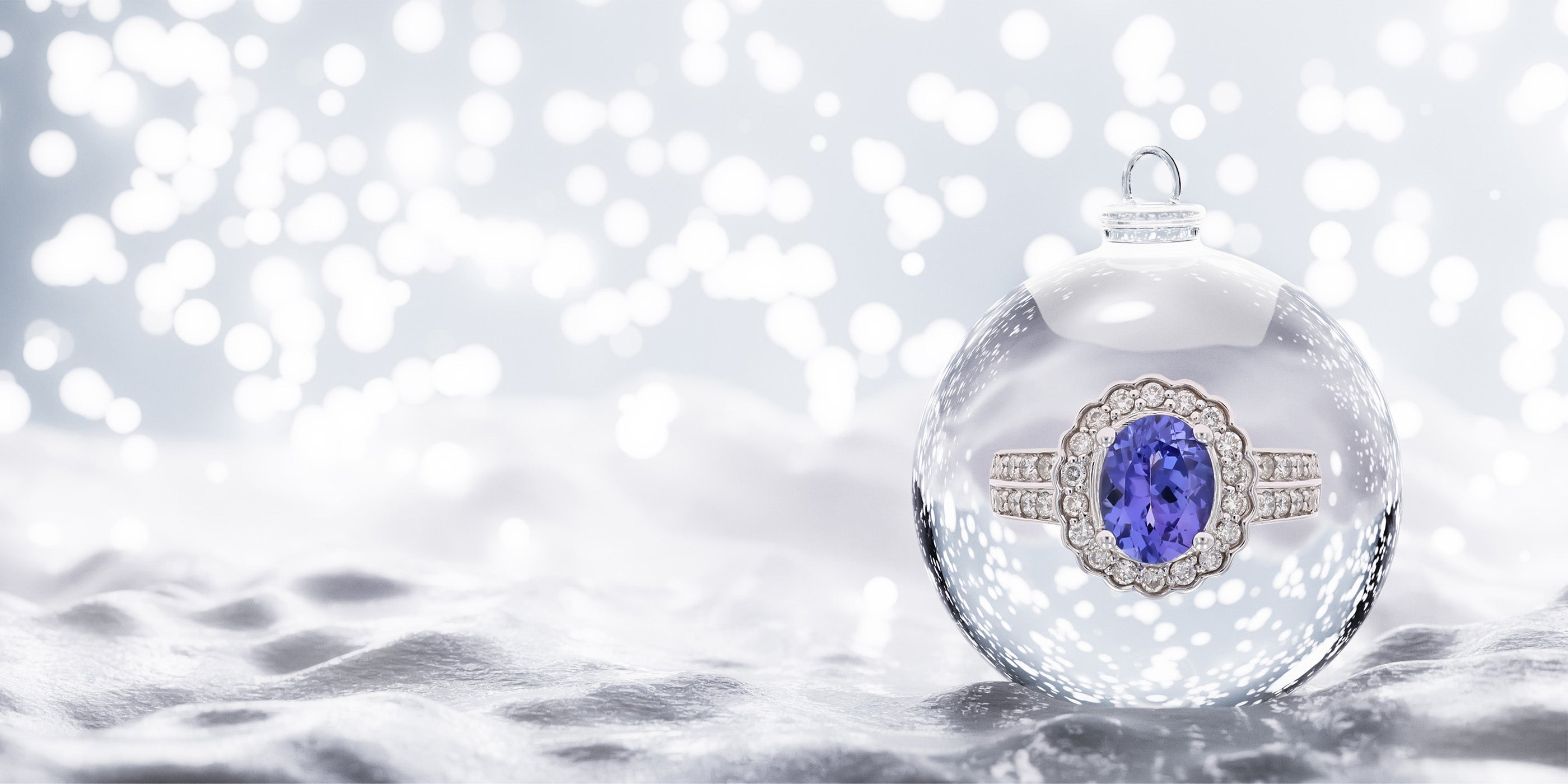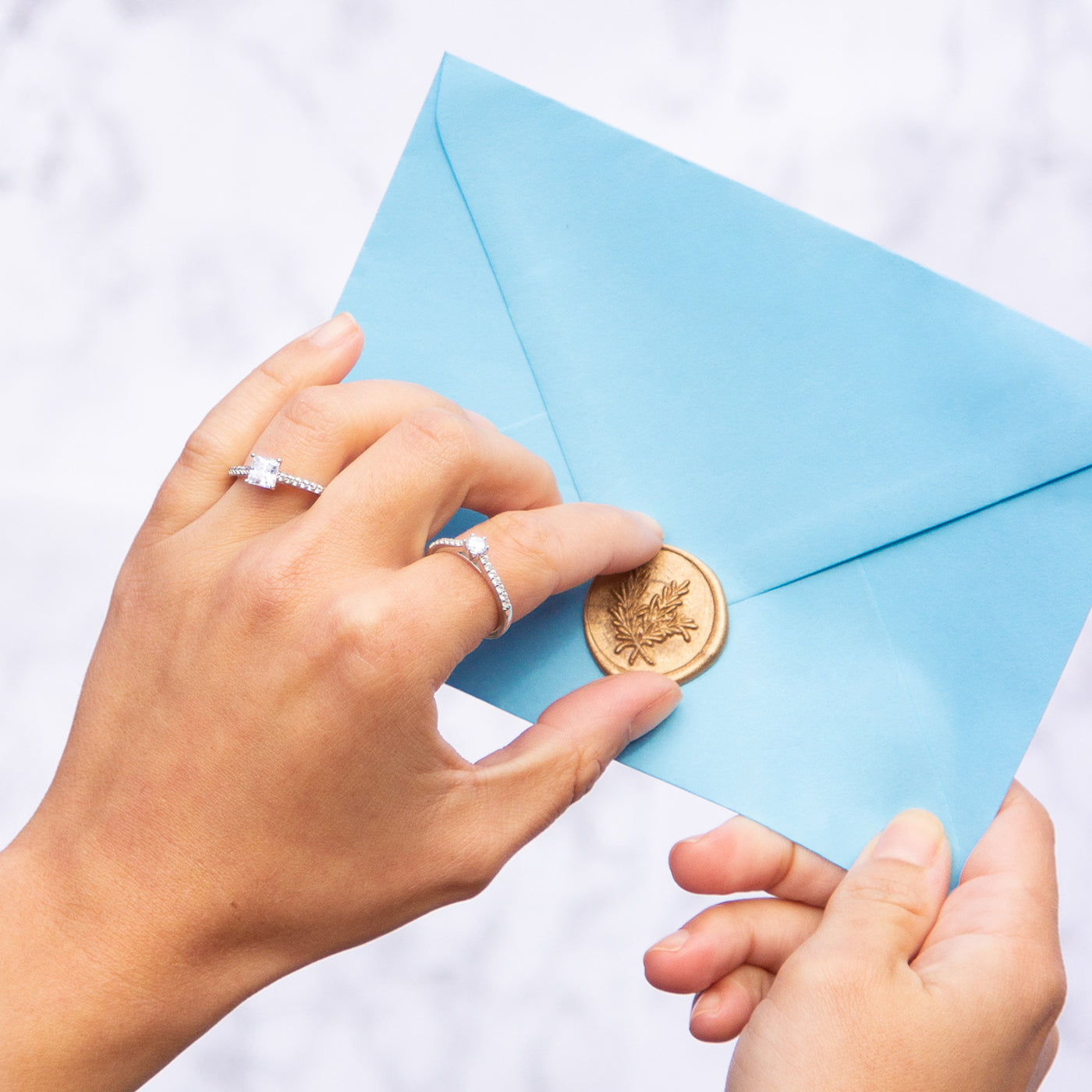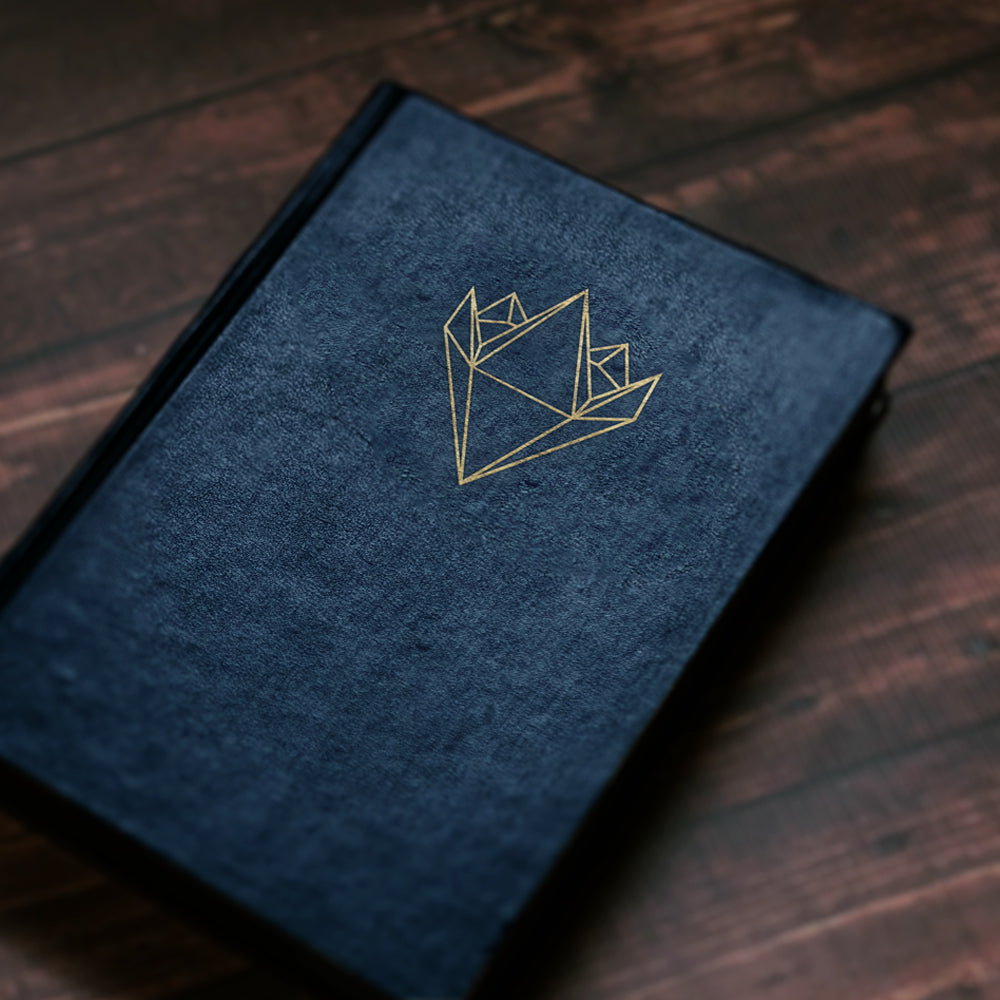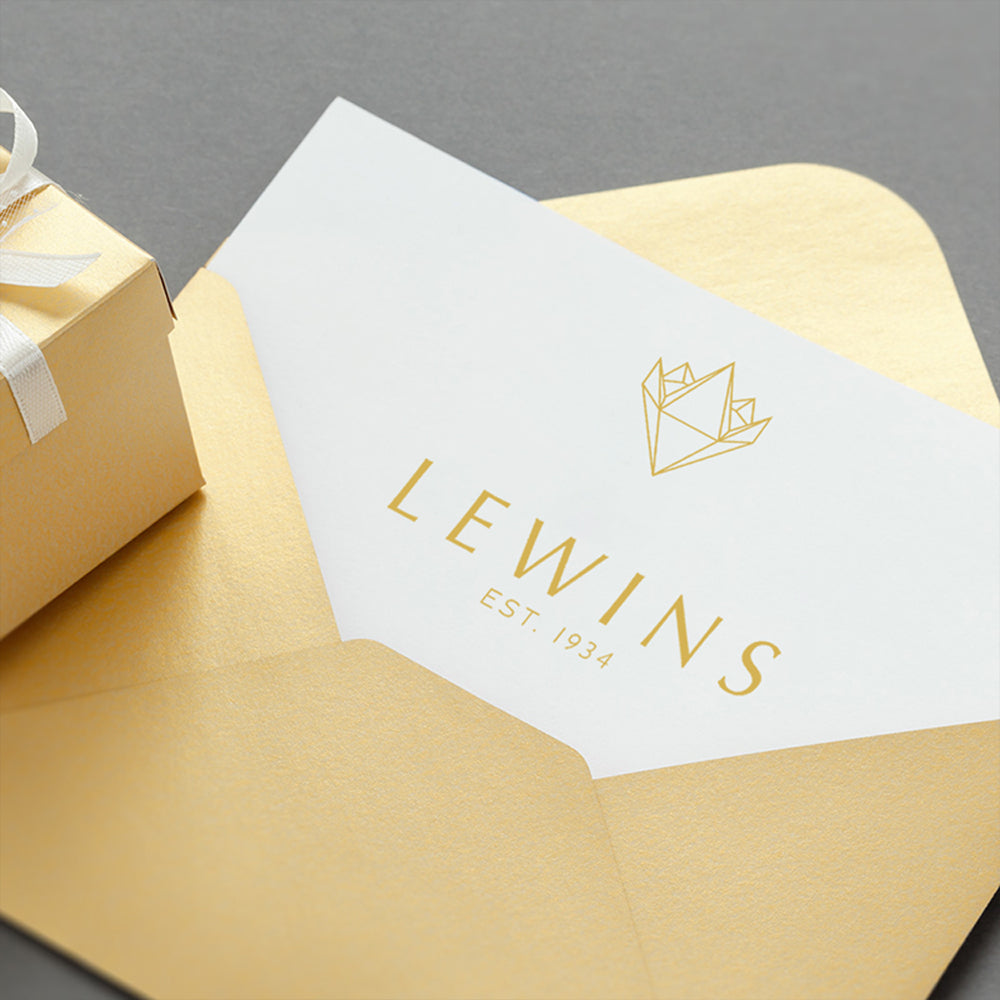Jewellery Odyssey:
Historically, and prior to the seventeenth century, shirt cuffs were secured with ribbons, ties and strings. Influenced during the reign of King Louis XIV of France, “Boutons de Manchette” were fashioned. These “sleeve buttons” were made of silver or gold, stamped with ornamental designs or set with stones, and joined by a small chain.
During the latter half of the seventeenth century, King Charles II was seen in public wearing cufflinks, increasing their popularity across Britain. To commemorate the King’s marriage to Catherine of Braganza, it was believed that silver stamped disc cufflinks consisting of the “crown and hearts” motif, were created. Worn by royalty and aristocrats, cufflinks began to be a staple accessory to the upper-class gentleman, across Europe.
Currently, there are no standard bespoke alterations, available for this item. However, if you have a question regarding an alteration you wish to make to the item, please let us know. You can either fill out the enquiry form below, or contact us directly. We will see if we can help to make any provisions for your request, or advise you further.
Jewellery Care Precautions:
Avoid direct contact with: perfume, lotions, skincare, hairspray / other chemicals. Remove, your jewellery: when showering, swimming (as both chlorine and saltwater will react with metals), washing your hands / using hand sanitisers, before going to bed or when participating in physical activities (going to the gym, exercising, gardening, housework etc….).
Beware, metals may tarnish over time due to oxygen contact and natural body oils. Prevent items from being exposed to moisture and direct sunlight, for long periods. Store jewellery in a dry place away from humidity, in a pouch/jewellery box and keep each piece separated from each other. Care, for your jewellery by cleaning with a soft dry cloth.
Sterling Silver:
Silver as an element in its purest form, experiences very little tarnish, but it is far too soft and malleable, to be used in jewellery. To increase its durability and to make it easier to work with, 92.5% of pure silver is alloyed with 7.5% of copper.
Tarnishing appearing on your silver jewellery is normal. Over time and especially in humid conditions, the copper alloy naturally oxidises with the air, causing the silver to tarnish and discolour to yellow/brown/black. However, this tarnishing and discolouration, will speed up, if your jewellery comes into contact with: hairspray, cosmetics, perfume, body lotion, deodorant etc…
If you notice a greenish colour appearing on your fingers, neck or earlobes where you wear your silver rings, chains and earrings. This is because your jewellery has oxidised by reacting with: the natural acid (pH level of your skin), oils, moisture and perspiration of your body. Or from the lotions and perfumes applied to your body.
Remember to keep you silver away from any chlorine, acids or abrasives as this will begin to degrade your jewellery. It is best to practise our jewellery care precautions steps above.
For silver that has experienced a light tarnish, you can use a silver dip to help bring it back to life, this also helps to get into tiny crevices, that are hard to reach. For silver that has experienced a darker tarnish, using a silver jewellery cloth will remove more tarnish than a silver dip, as it is embedded with low abrasive chemicals. For silver that is heavily tarnished, using a silver polish or cream will help - however this is abrasive and we recommend to use with care and only when needed. Alternatively, the safe hands of our jewellery workshop can revive the beautiful silver shine of your jewellery.
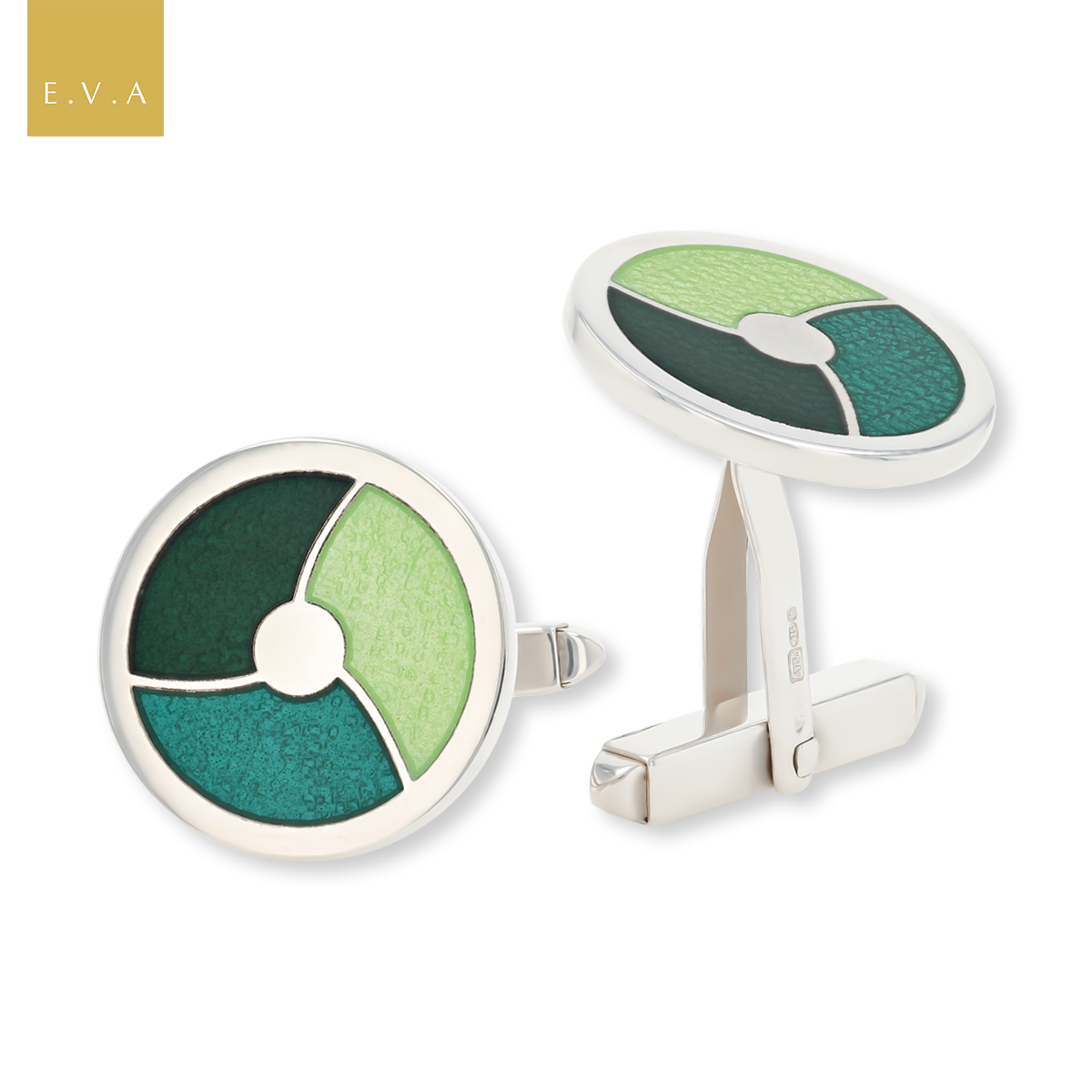
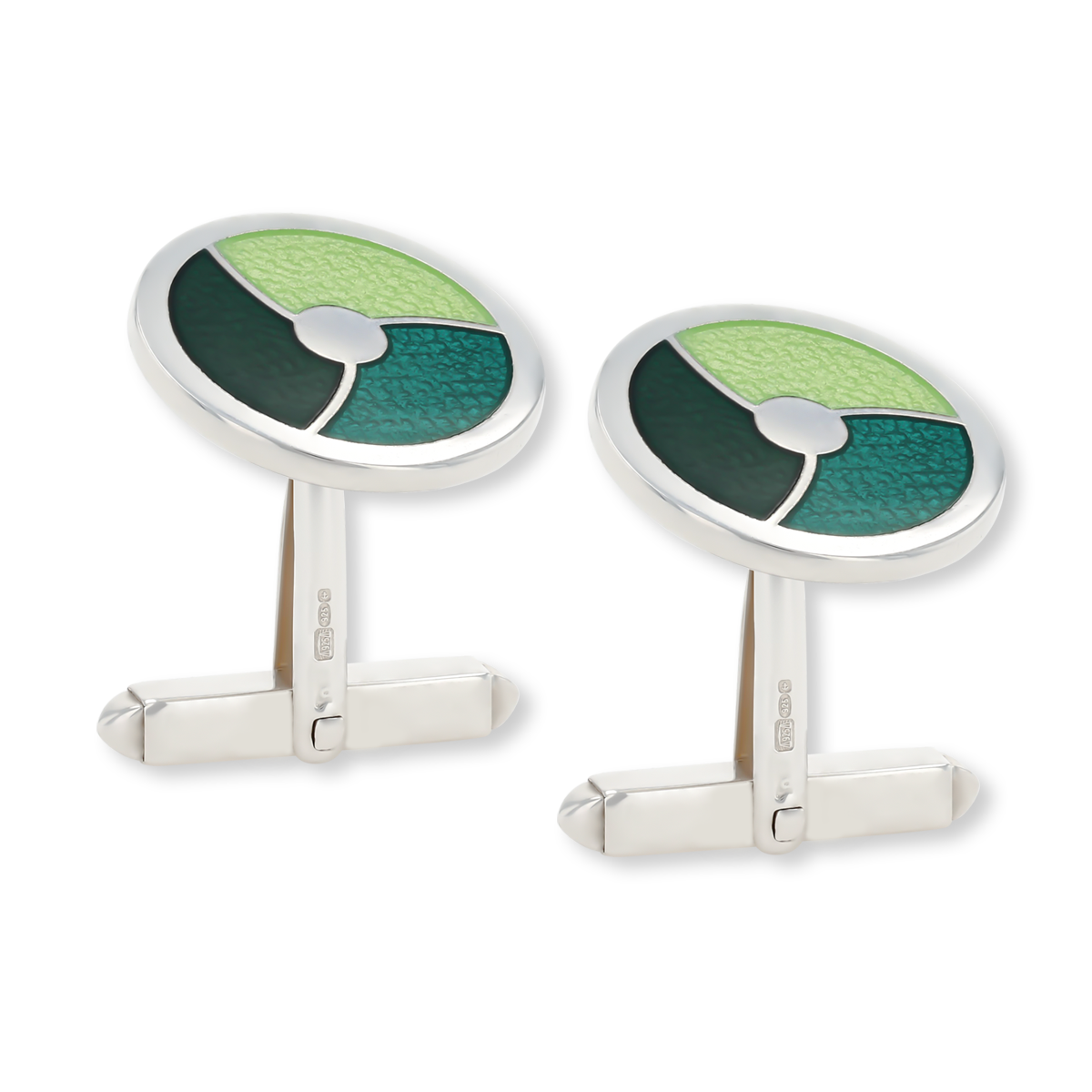

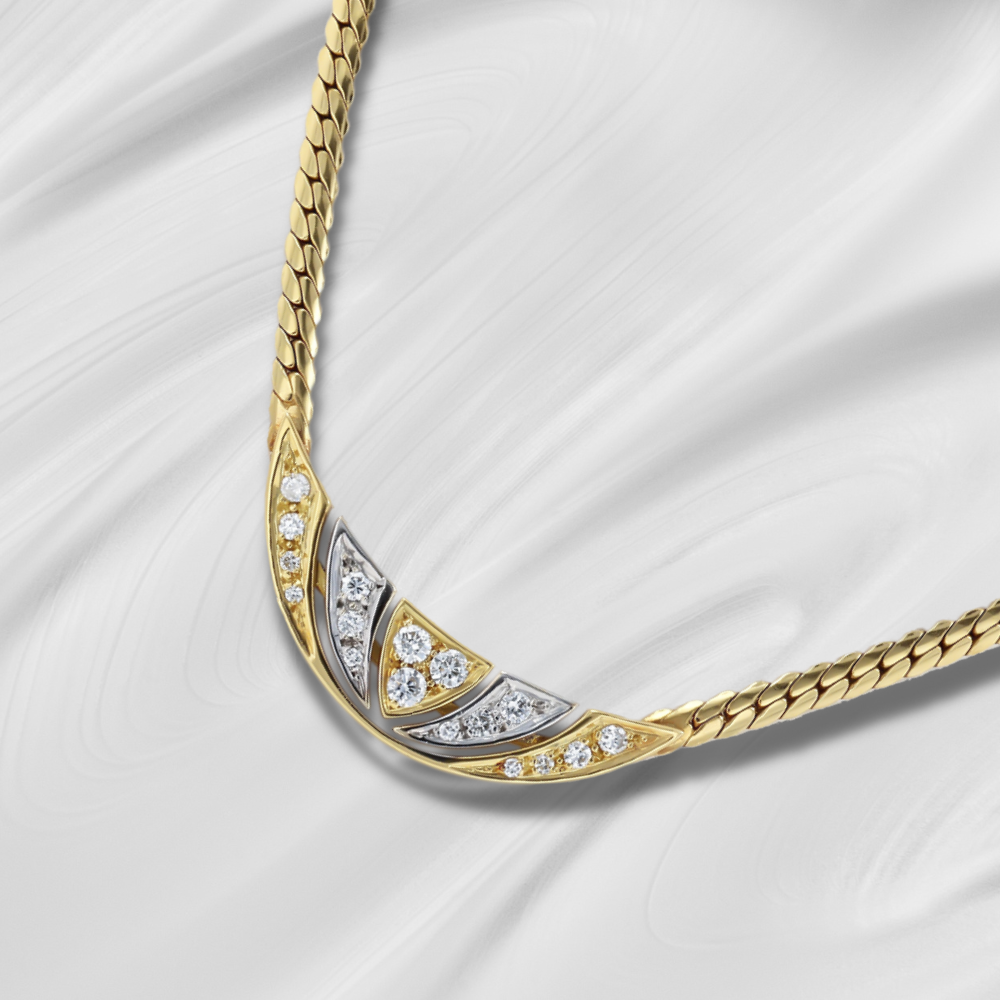

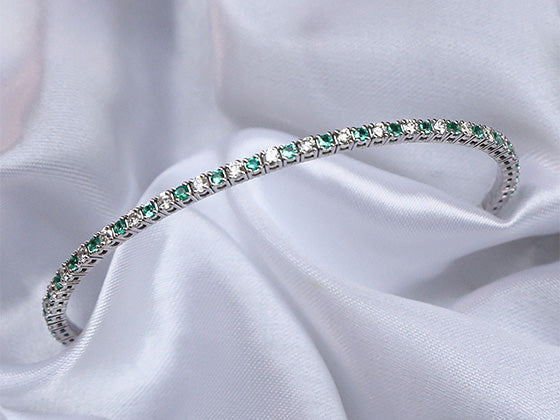

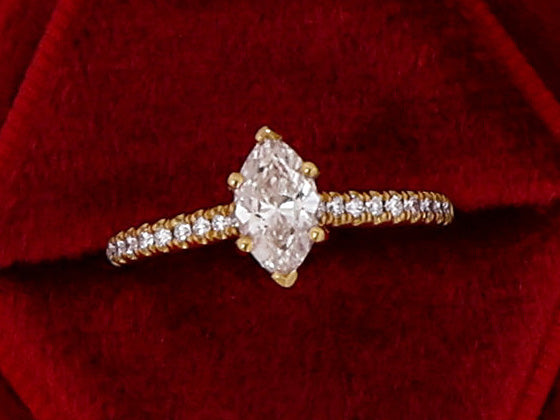
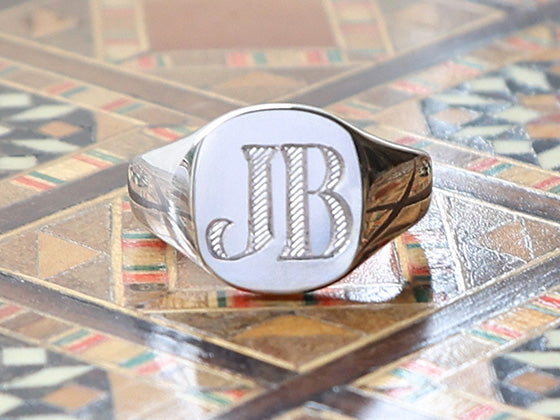
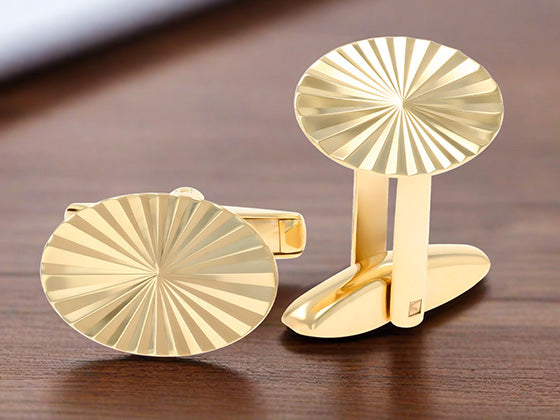
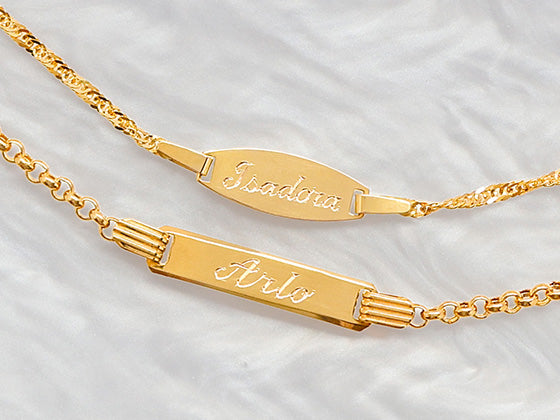
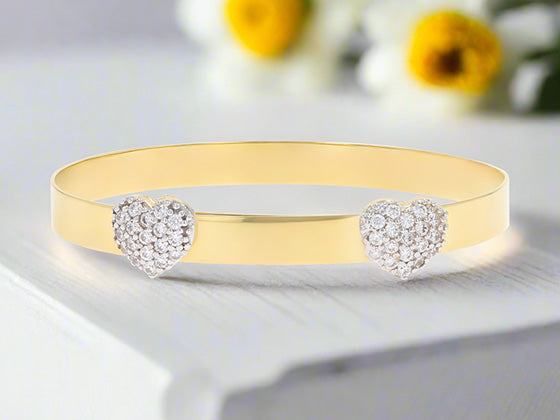
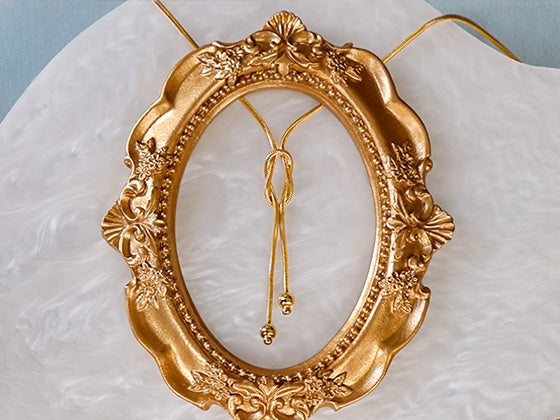
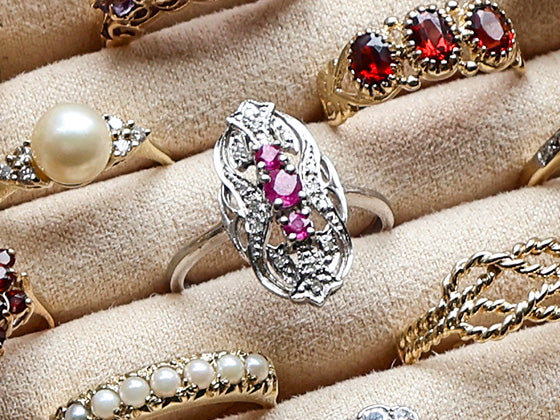
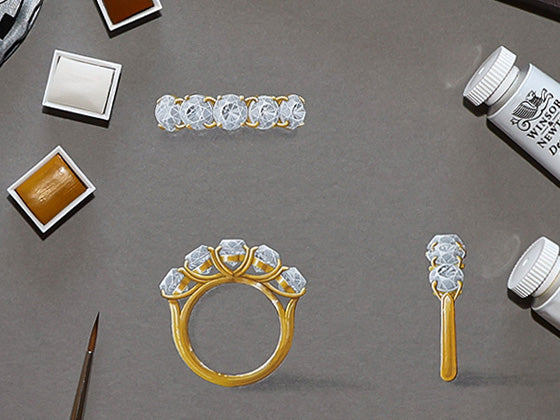
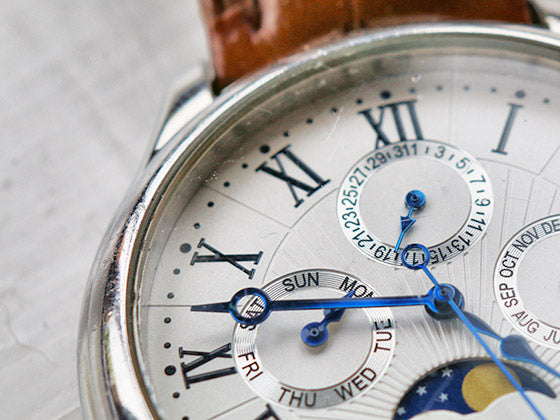
 Contact Us
Contact Us



